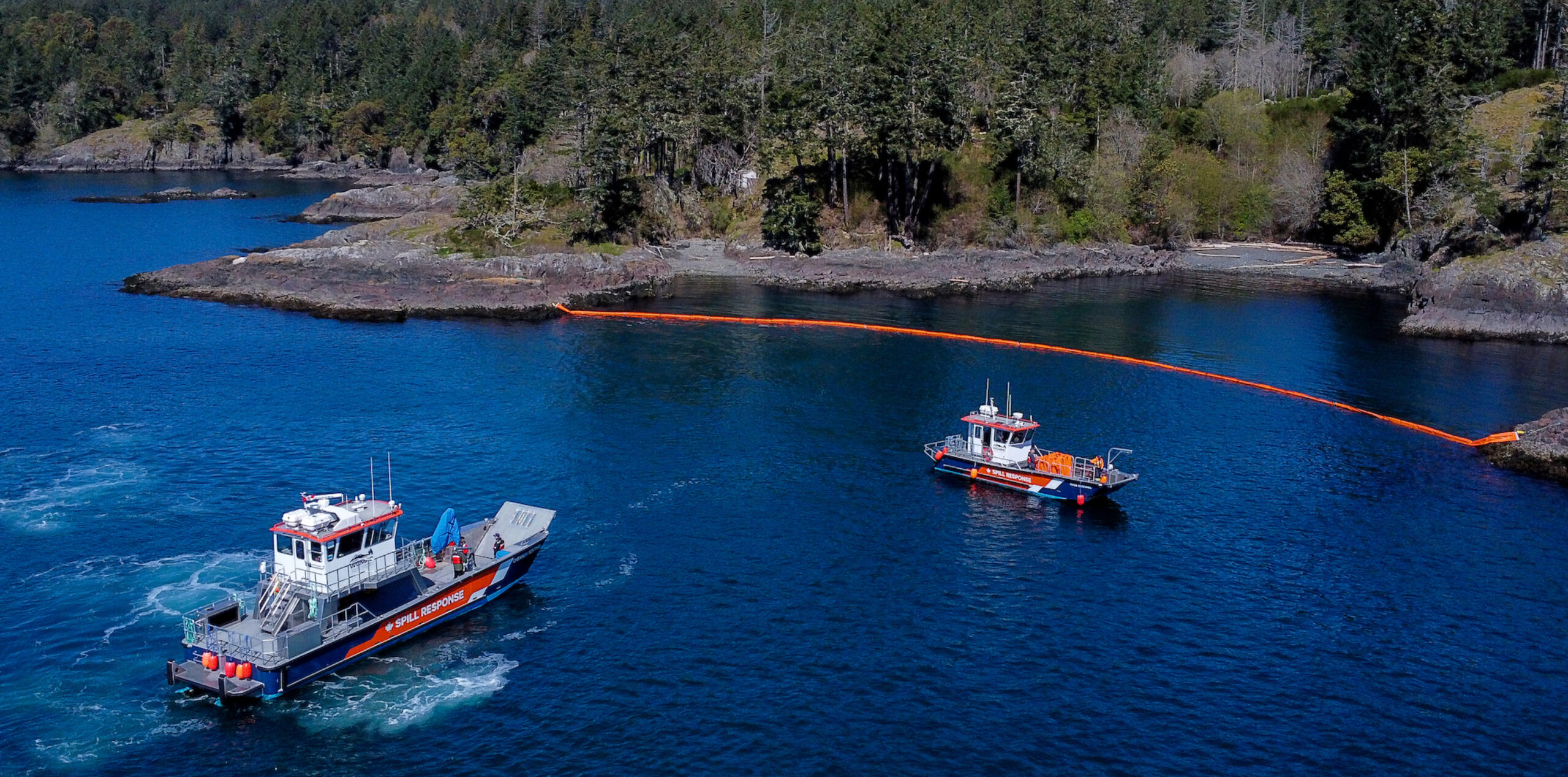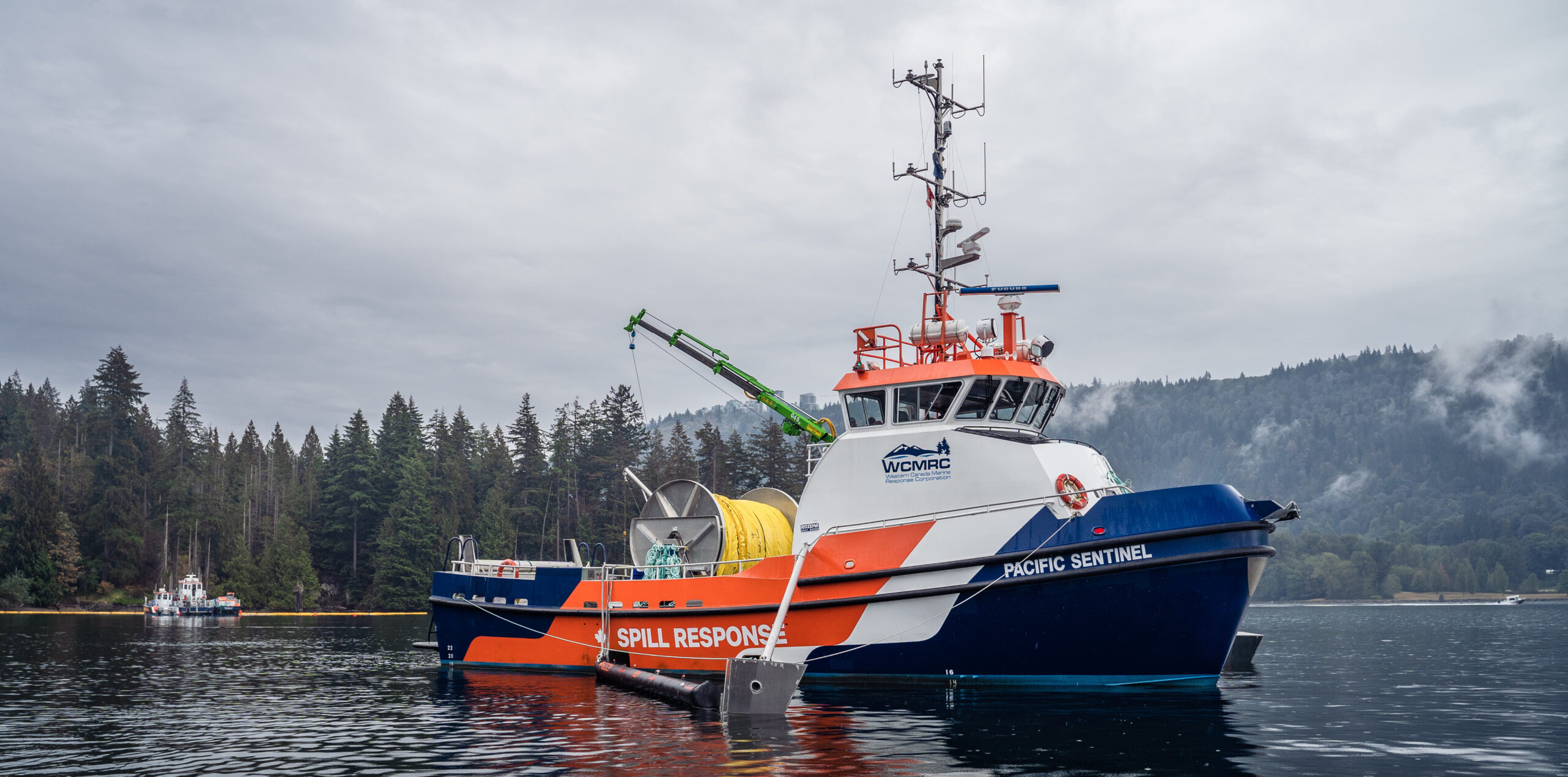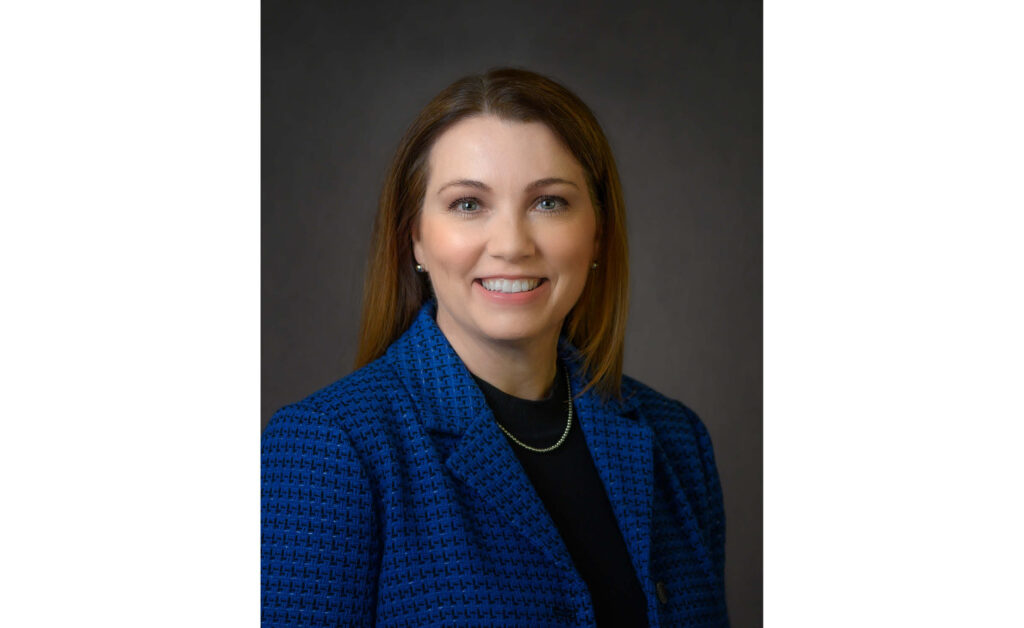by Jesse Holth –
Few people may know there is a marine response base in Sidney – or that they are the first responders in case of an oil spill. Operating 24/7 with a mandate to protect wildlife, environmentally sensitive areas, and regions of cultural significance to local First Nations, the vessels are trained to react quickly. Michael Lowry, of the Western Canada Marine Response Corporation (WCMRC), explains how their ocean cleanup works.
“We’ve been around since the mid 1970s,” says Michael. “We were an industry co-op in Vancouver harbour at the beginning, but after the Exxon Valdez spill in Alaska, the Canadian government formalized what oil response should look like,” he says. “We became the first certified response organization in 1995.”
Both shipping companies and oil companies are on the hook for the cost – they are the ones who must pay for cleanup. “The industry pays for the response, providing funding through memberships and oil cargo fees – that’s what funds our fleet,” says Michael. “It allows us to be prepared: whoever causes the spill pays for cleanup.”
“The Sidney base is staffed 24/7 like a firehall,” explains Michael. The main reason Sidney was chosen is its proximity to Turn Point, a tighter turn in the shipping lanes between Haro Strait and Boundary Pass. “It was flagged as one of the higher-risk spots,” Michael says. Having their vessels close to the site means that response times are much quicker – every hour counts when it comes to an oil spill.
“Our base consists of an office and warehouse, located on Victoria airport property, and the vessels are moored at Van Isle Marina.” They serve Saanich as well as the Gulf Islands, and you can often see them out on the water even when there is no spill – the teams are frequently out training their own staff, as well as partner vessels. “The Coastal Response Program allows us to identify areas that might be particularly vulnerable, either environmentally sensitive or sites of importance to First Nations, like clam middens. We map those out and then develop response strategies around them.” The WCMRC also train with First Nations and other partners to use their vessels to protect the coast. If they can get a boom in place to protect a bay, for example, the oil won’t be able to reach the shore.
So how exactly does the cleanup work? According to Michael, there are four main techniques used internationally: mechanical recovery, dispersement, burning and natural consumption. While there are pros and cons to all methods, the significant downsides to the other approaches mean that mechanical recovery is the only one currently approved by the Canadian government. Dispersement typically uses chemicals to break up the oil, which has a negative impact on the environment and human health; burning the oil releases toxic fumes and smoke into the air; and natural consumption, where microbes in the water break down the oil, still needs more research.
Mechanical recovery is how WCMRC cleans up oil spills on the West Coast, with equipment such as booms and skimmers being used to remove the oil. A boom is essentially a long string that floats on the surface, with a curtain that hangs down below the water. There are different kinds, like self-inflating, or those designed for different operating environments, such as open water versus sheltered water – but they all work in the same way. “You do a u-shaped sweep, with oil collecting in the bottom of the U, and then send in a skimming vessel, which is a specialized boat used to remove oil from the surface of the water,” explains Michael. “Once removed, you put the oil into storage, using mini barges or large barges for that purpose. The process is basically: collecting, removing, storing.”
Sidney has been involved in cleanup responses at other locations too – they have helped with oil response in the Nanaimo area, where Sidney crews support and supplement the existing teams. When asked about how things will work in the future, whether the process will change with our transition away from fossil fuels, Michael says they’re looking ahead. “That’s a really good question. On our radar, we’re looking at HNS, and a more formalized system to deal with those kinds of incidents.” The term HNS refers to “hazardous or noxious substances” and is defined as anything other than oil which could – if introduced into the marine environment – create hazards to human health, harm living resources and marine life, damage amenities or interfere with other legitimate uses of the sea.
“With new methods of fuel, especially in some of these big vessels, whether it’s methanol, ammonia, or something else – what would a response to those kinds of things look like?” Michael asks. “The West Coast is a leader in bringing communities into response, and the work is well underway but it’s far from over. We could have a much more integrated approach to how we respond to spills, and the way to do that is with community involvement.”
Photos courtesy WCMRC.





